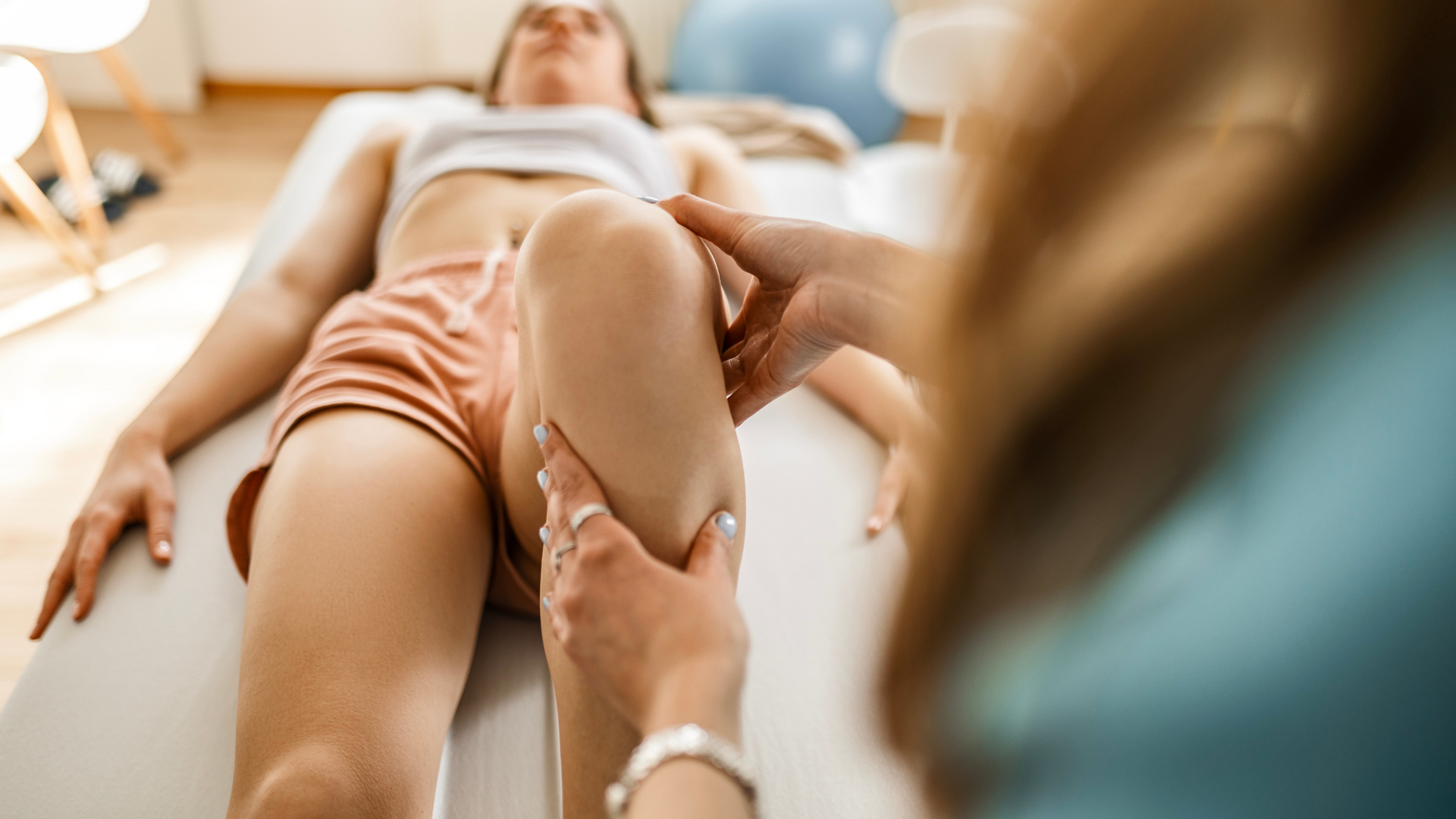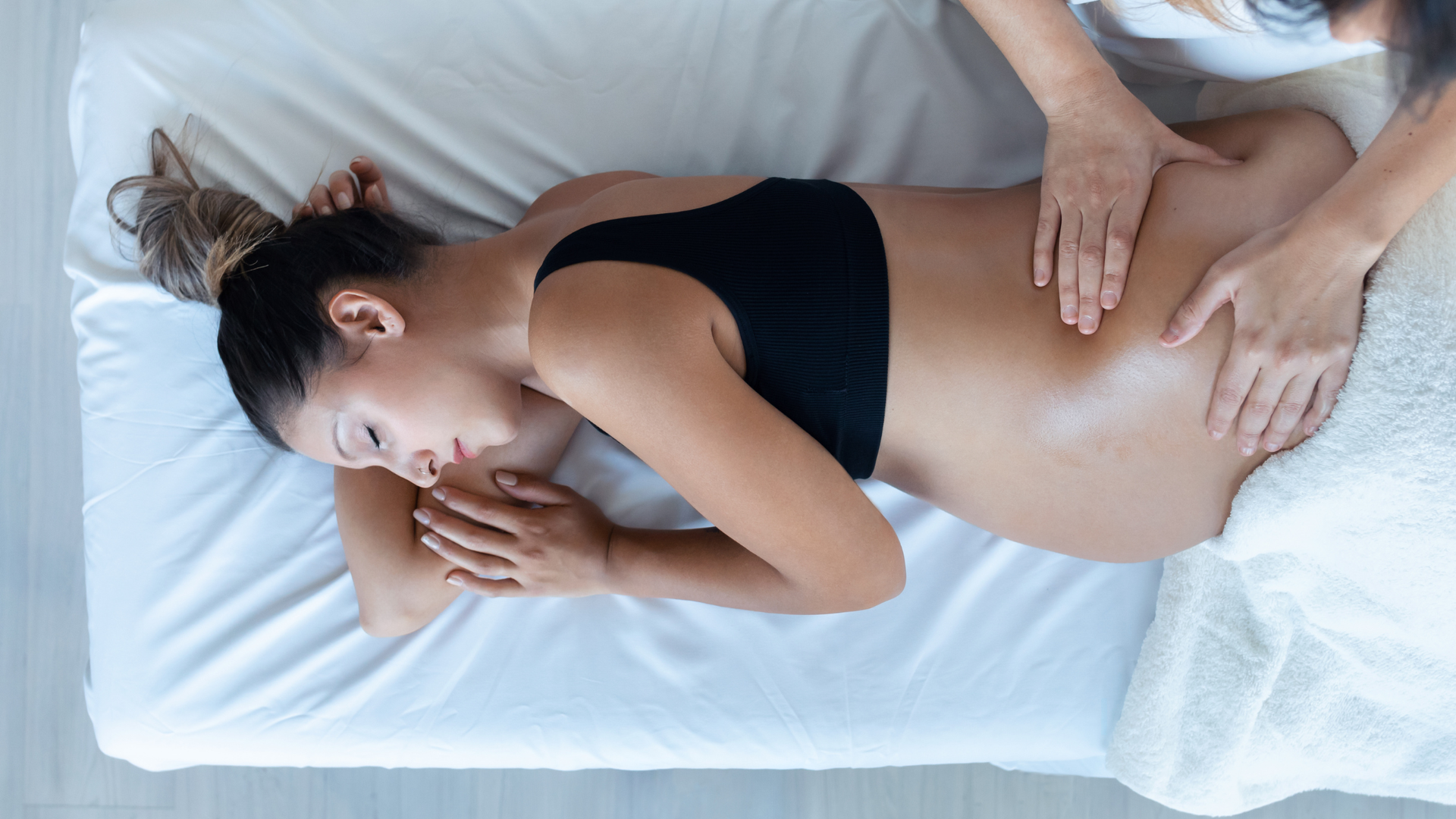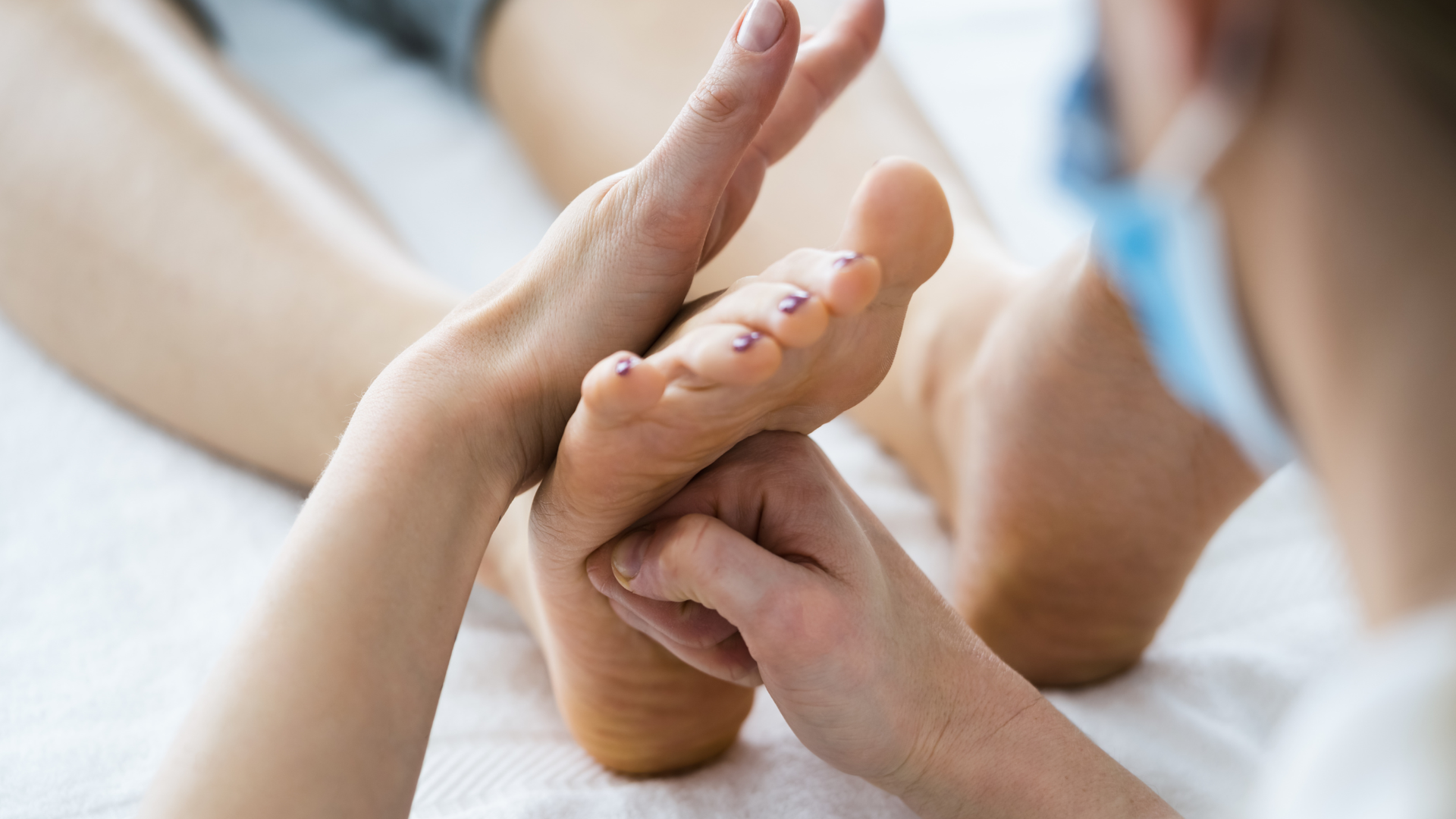Low Back - Lumbar Spine Osteoarthritis
Over a lifetime, the low back gets a fair workout. Osteoarthritis is part of the journey.

Try these low impact exercises for mild low back pain.
Try these low impact exercises for mild low back pain
One of the joys (or consequences) of aging is the development of some degree of degeneration in our joints. Known as osteoarthritis, or OA, this type of joint degeneration is common and, to a large extent, the result of a lifetime of moving. The degree to which OA develops varies from person to person and joint to joint, and the reasons for its development are complex, variable, and individual.
Our low back, known as the lumbar spine, is no exemption. Over a lifetime, the lower back gets a fair work out. From lifting a couch into a new house, to absorbing the landing impact at football, to supporting us while we sit through a movie marathon, our backs don’t get a lot of rest. It’s no wonder they get a little worn out over time.
Anatomy 101 – Bear with me, it’s important.
If you want to understand lumbar osteoarthritis better, you need a little bit of knowledge of the anatomy. It helps to have a good picture available while you do this, so we’ve put this information alongside a top-notch picture. Click here for lumbar spine anatomy 101.
What the Lumbar Spine does, and why it can break down.
The primary role of the lumbar spine is absorption and distribution of load and movement in flexion and extension. This movement occurs at the intervertebral disc and the direction of movement is guided and dictated by the orientation of the facet joints.
The lumbar disc is, quite frankly, awesome in its design and ability to absorb and distribute forces.
The facet joints too are pretty nifty structures. They have a super-smooth layer of cartilage on them that allows for frictionless gliding and protects the underlying bone. But they’re not infallible. Over time, due to a range of factors including repetitive use or trauma, age, gender and genetics, the cartilage can break down, exposing the bone underneath to loads its not designed for, resulting in inflammation of the joint and joint capsule, restricted movement, pain, and loss of function.
This, my friend, is osteoarthritis. The term itself is Latin and means bone (osteo), joint (arthro), inflammation (itis). While OA can affect any synovial joint in the body, the lumbar spine is particularly susceptible and has been linked to the high prevalence of back pain in aging populations. Given that the population generally is getting older (because we are living longer), it makes sense that we explore ways to manage this health problem.
What is it with this back pain?
Lumbar OA usually has a slow, insidious onset. This just means that there is often no identifiable incident that brought on symptoms. People often present with generalised lower back pain, ache, or discomfort. Pain will often be referred into the buttocks, and patients may report back stiffness, particularly in the first few hours of the day after rising or after sitting for prolonged periods.
Because onset is gradual over time, many people don’t seek assistance from a physiotherapist until symptoms are significantly limiting their daily activities.
As a result, range of available movement can be quite restricted and strength deficits present, impacting normal daily activities, hobbys and pursuits.
What’s next? Xrays? Surgery?
This will depend on a range of factors such as the duration and severity of symptoms, your age, and impact on work and daily activities.
Xrays and MRI’s are pretty commonly undertaken but often they don't add a lot of information to the clinical picture. It's important that we use these resources judiciously, and when used that the findings from these be interpreted carefully and with due consideration of presenting symptoms.
Keep in mind that about 80% of people over the age of 50 will have osteoarthritic changes on lumbar xray regardless of whether they have symptoms or not.
Surgery is reserved for severe cases, usually only when nerve root compression is present and there is associated neural symptoms.
What to do, what to do?
The good new is that, in the majority of cases, there is a lot that physiotherapy can do to assist with lumbar osteoarthritis. While we don’t have a cure for OA, the evidence unequivocally points to exercise as the best medicine for managing symptoms such as reduced functional strength and loss of range of movement.
Symptoms from lumbar OA will vary over time. A prudent management plan will be multi-disciplinary (including your GP and specialist if required) and include therapeutic exercises (pop your details in at the top of this page and get started today), targeted manual therapy, joint mobilisation and soft tissue therapy. This approach has been shown to be extremely effective at managing symptoms and restoring functional activity. Additionally, hydrotherapy, pilates and massage therapy all have a place in the treatment and management plan for managing lumbar osteoarthritis.
The Take Home
Low back osteoarthritis is a consequence of living longer. Most people will at some point experience low back pain associated with OA. Left untreated, it can be debilitating. With a little consideration and planning, low back OA can be effectively managed, allowing many people to continue to live active, fulfilling lives.
Got low back pain and want to get it sorted? Give us a call.
At Movement for Life Physiotherapy, we can assess and diagnose the cause of your low back pain and let you know whether you have osteoarthritis, discogenic back pain, or sciatica, or if there is something else going on. With a clear diagnosis and tailored management plan, we'll help get you back to the things you love sooner.
Give us a call now or click on BOOK AN APPOINTMENT to book online.
Sources
- Ackerman, I. N., Buchbinder, R., & March, L. (2023). Global Burden of Disease Study 2019: an opportunity to understand the growing prevalence and impact of hip, knee, hand and other osteoarthritis in Australia. Internal medicine journal, 53(10), 1875-1882.
- Borenstein, D. (2004). Does osteoarthritis of the lumbar spine cause chronic low back pain?. Current pain and headache reports, 8, 512-517.
- Brand, C. A., Harrison, C., Tropea, J., Hinman, R. S., Britt, H., & Bennell, K. (2014). Management of osteoarthritis in general practice in Australia. Arthritis care & research, 66(4), 551-558.
- Goode, A. P., Carey, T. S., & Jordan, J. M. (2013). Low back pain and lumbar spine osteoarthritis: how are they related?. Current rheumatology reports, 15, 1-8.
- Guven, A. E., Schönnagel, L., Camino-Willhuber, G., et al. (2024). Relationship between facet joint osteoarthritis and lumbar paraspinal muscle atrophy: a cross-sectional study. Journal of Neurosurgery: Spine, 1(aop), 1-9.
- Kalichman, L., & Hunter, D. J. (2007, October). Lumbar facet joint osteoarthritis: a review. In Seminars in arthritis and rheumatism (Vol. 37, No. 2, pp. 69-80). WB Saunders.
- Physiopedia (2025). https://www.physio-pedia.com/Spinal_Osteoarthritis








